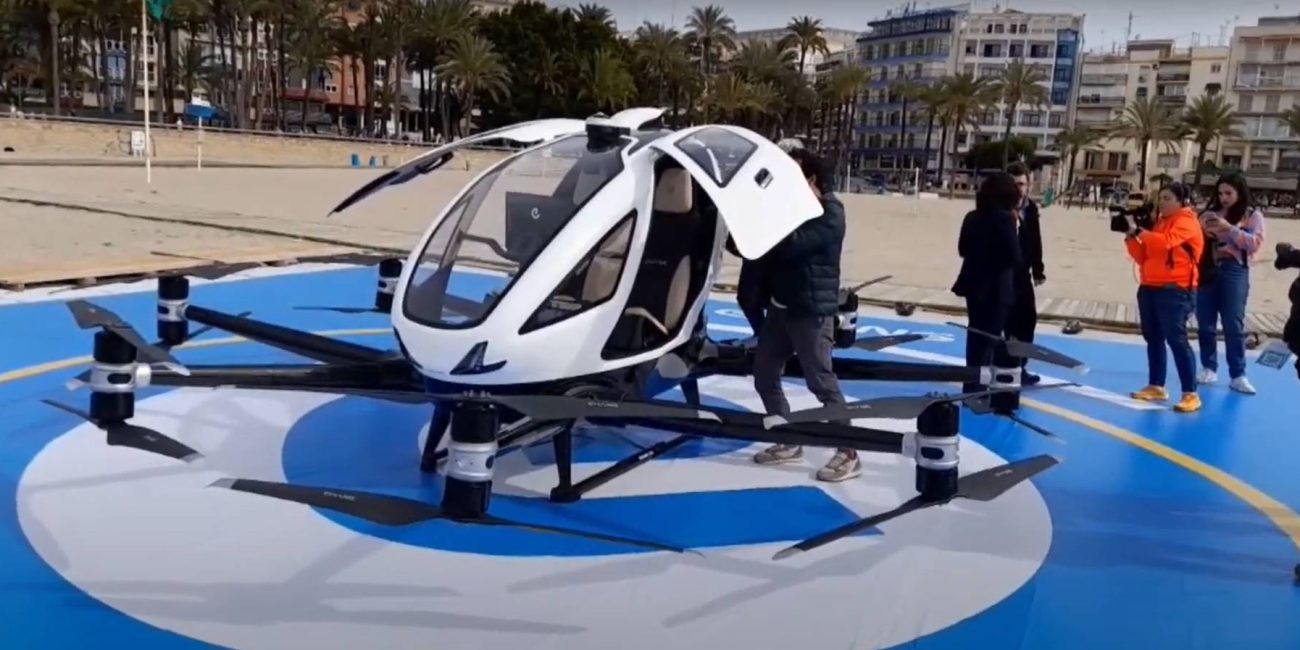Israel Quintanilla, the coordinator of the U-ELCOME project in the Valencian Community and a professor of Aerospace Engineering at the University of Valencia (UPV), explains in ‘A Vivir Comunitat Valenciana’ that the recent demonstration in Benidorm was a complete success, demonstrating the significant progress that has been made in this field in recent years. The airspace of Benidorm was traversed by twelve drones, including the largest one, which were still unattended and were monitored and supervised by digital platforms from the European unattended Aerial Space Management System (U-space).
According to Quintanilla, Spain, France, and Italy are all involved in this initiative, which is “three years in advance, has a budget of 15 million, and is designed to ensure the safe integration of drones into urban environments.” The UPV is a trailblazer in this sector.
When asked when the air taxi, a compact, electric craft that weighs 600 kg and can accommodate two crew members weighing up to 200 kg, will be available as an integrated vehicle, it is a reality in China and Europe, despite its appearance as science fiction: “Approximately five years.”
According to Quintanilla, “Julio Verne once said that whatever a man is capable of imagining, another is capable of carrying out, and that is precisely what we are witnessing; evolution is exponential.”
The military is the source of drone technology, as it was with satellites and GPS systems. “Civilian society is the recipient of prior military validation.” This expert elucidates that any drone, priced at 500 euros, is currently stable and secure in the air. They are employed for electrical inspections of towers, to monitor wind turbine blades, and in the DANA (diario en salvamento marítimo), as well as in maritime rescue, the Civil Guard, the UME (Union of Military Units), and local police. Additionally, they are already integrated into the daily operations of state security forces.








No Comment! Be the first one.